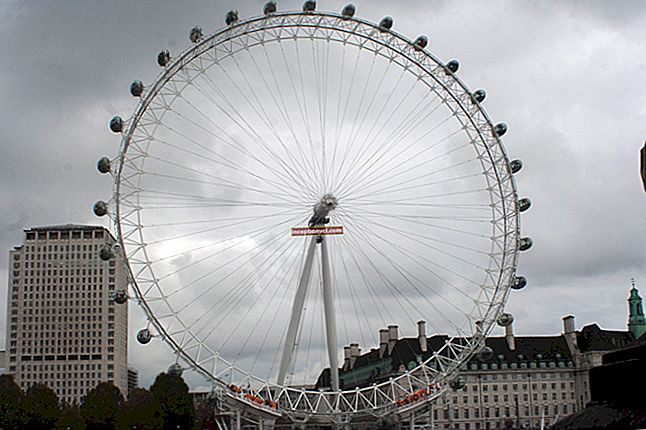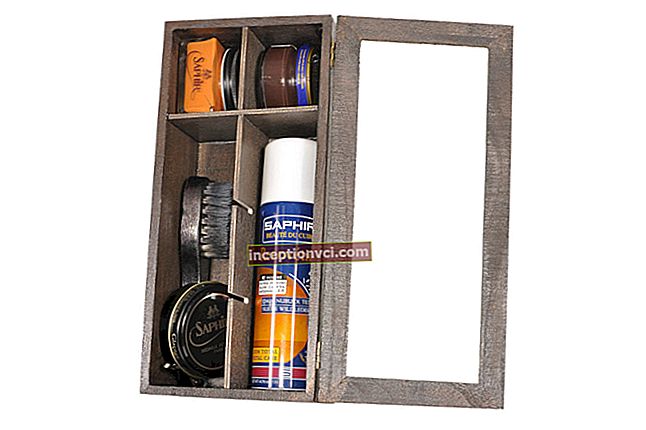Planting strawberries (strawberries) on agrofibre facilitates the care of the beds. Thanks to this cultivation, there is no need to weed and remove tendrils. They do not grow or take root under agrofibre. Unlike conventional film, agrofibre allows water, sunlight and air to pass through and does not oppress plants in hot weather. The soil does not overheat, and the roots do not die or rot. With proper use, the material does not crack and can last up to three seasons; you can safely leave it for the winter.
Under the material covering the ground, moisture evaporation slows down, so the plantation will require more economical watering - only 2-3 times a week. Plants are less "sick" with gray mold, and the berries are not contaminated, since they do not touch the soil.

Thanks to agrofibre, the berries ripen 6-12 days earlier. And strawberries planted in autumn or early spring under agrofibre take root better and give a greater yield, compared to uncovered beds.
Agrofibre properties - which is better for strawberries
Agrofibre (spunbond) has a thin structure that resembles a fabric. There are two types of it:
- black - protects plants from weeds;
- white - to shelter greenhouses and greenhouses from frost; it promotes the active growth of seedlings.
The material can be of different density, on which the degree of plant protection depends. The higher the value, the higher the temperature inside the coating. Black agrofibre has a density of 50-60 g / sq - the most optimal for growing not only strawberries and strawberries, but also potatoes, cucumbers, tomatoes and other vegetables.
The size of rolls in length is always the same - 100 meters, and the width ranges from 1.6 m to 15.8 m. Agrofibre packed in packages has a length of up to 10 meters.

How to plant strawberries on agrofibre
The technology of growing strawberries under agrofibre is simple. Prepare your strawberry beds before planting.
- Dig up and clean the area of rhizomes and weeds.
- Fertilize the soil: 1 bucket of humus, 2 glasses of wood ash and 150 g of nitrogen fertilizers are needed for 1 m².
- Dig up again and level the soil with a rake.
- Mark the future beds with pegs at a distance of at least 1.25 m from each other.
- Lay and secure the agrofibre on the bed with wire hooks or stones. Usually, the fiber is laid so that its stripes overlap each other by at least 18-20 cm.
- Mark the stretched and pinned material, marking the future placement of the seedlings. The optimal distance between its rows should be 45-50 cm, between bushes - 25-30 cm.
- For each bush, cut a 5x5 cm cross-shaped hole on the canvas.
Before planting, inspect each seedling and discard plants with diseased, undergrowth leaves and roots. Only then plant the strawberries on agrofibre.
- Pour water into the hole, wait for it to be absorbed into the soil.
- Dip the roots of the seedling in a clay mash for better survival. (pour half a bucket of clay with water so that it covers it a little, and let it brew; after a while, mix well until a creamy state).
- Arrange the seedlings so that the rosette of leaves (growing point) is at the level of the soil surface. If you sprinkle it with earth - it will rot, place it higher - it will freeze in winter.
- Place the roots in the resulting dirt of the hole and cover with dry earth, compacting around the plant.
- After planting strawberries in agrofibre, water the beds generously. Water again after 2-3 days in the morning or evening until it takes root. In the future, use drip irrigation every 3-4 days.This is the best irrigation method as the water is supplied directly to the root system.
You need to care for strawberries growing on agrofibre in the same way as for plants planted in the open field. During the season, you need to feed the bushes twice with a solution of chicken or pigeon droppings: the first time in spring, at the beginning of the growing season, and the second in August or September, when the ovary of the future harvest occurs.
Agrofibre manufacturers do not recommend walking on spunbond so as not to spoil it. For easy movement between the beds, we recommend using special cover tracks or pieces of old linoleum. Better yet, cover the aisles with sawdust or straw. When wet, they become heavier and more strongly press the fiber to the ground.

Agrofibre: application in the greenhouse
The use of agrofibre in the cultivation of berries and vegetables in the greenhouse contributes to the improved development and early ripening of early varieties of fruits. The simplest shelter is the film tunnels made of white agrofibre, which cover strawberries of the 1st and 2nd years of fruiting.
It is better to make a greenhouse under agrofibre in late April or early May.
- Above the strawberry bed, install wire arches one meter apart, up to half a meter high.
- Cover with agrofiber. To prevent it from sagging, secure the arcs with twine.
- Make one side of the shelter "dull" by placing heavy objects along the edge of the spunbond or sprinkling it with earth. Attach a rail to the other side so that it is convenient to open the greenhouse.
- On the end parts of the structure, collect the covering material together, tie it into a knot and tie it to the pegs previously dug into the ground.
Caring for strawberries in the film tunnel is easy:
- place the thermometer in a shelter; make sure that the temperature inside the structure does not rise above 25 ° C - otherwise, ventilate the greenhouse more often;
- remove the fiber during the day if the weather is good and when the strawberries are in bloom.
We recommend that you scour the forums and read reviews to learn more about the advantages and disadvantages of agrofibre. If you are interested in the method of growing strawberries under agrofibre, you can buy it in our store.
Have a nice sweet harvest!
For your information: "Which sprayer is better"









